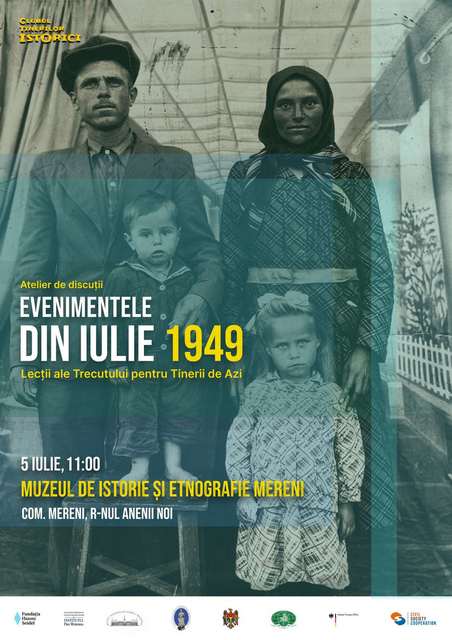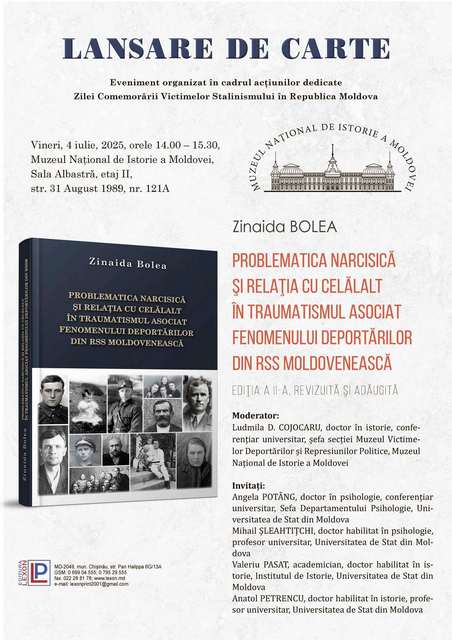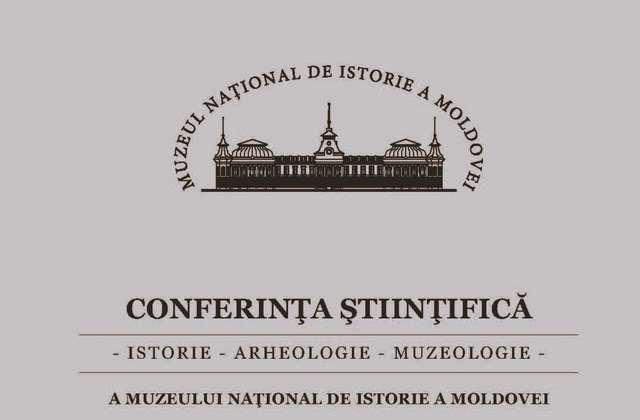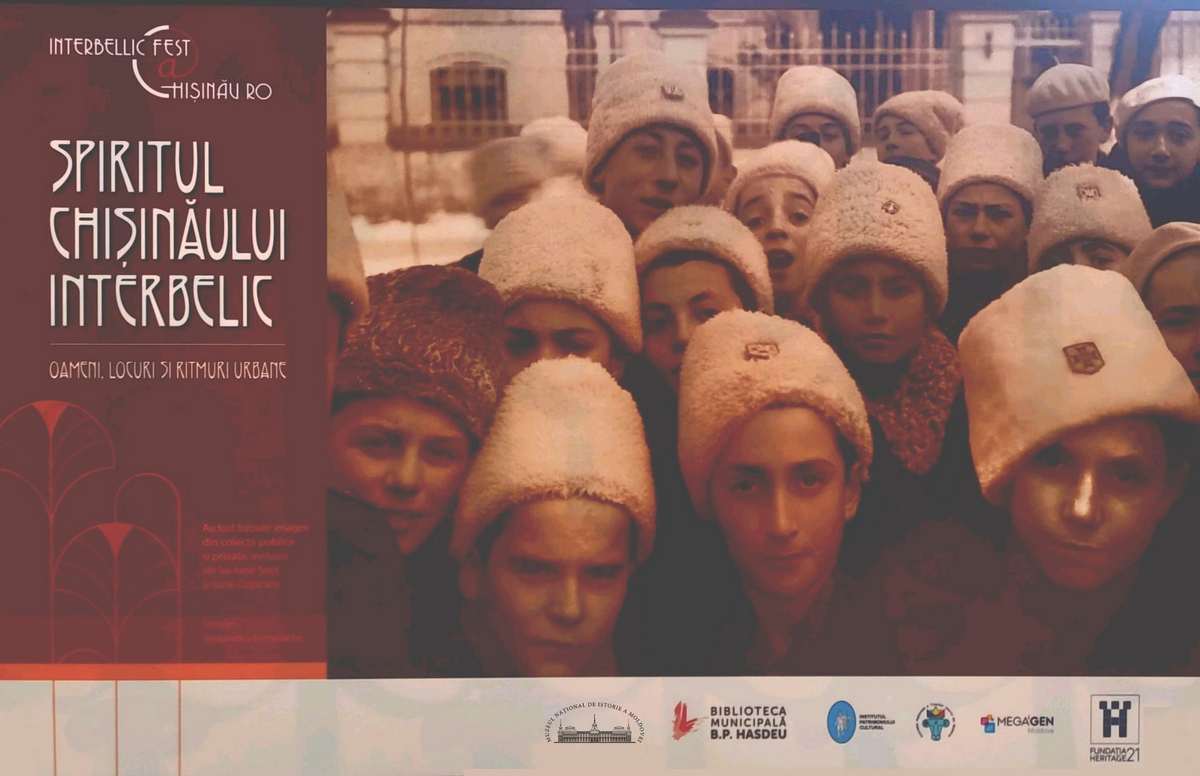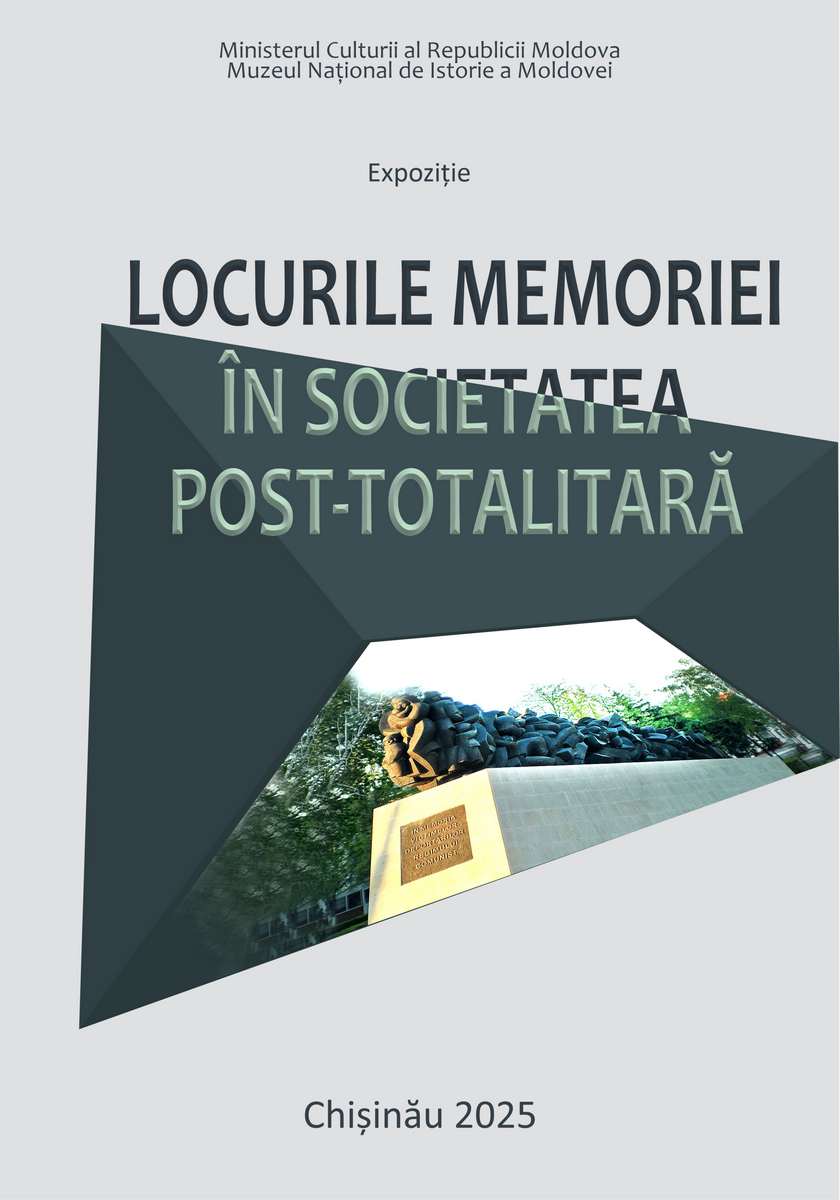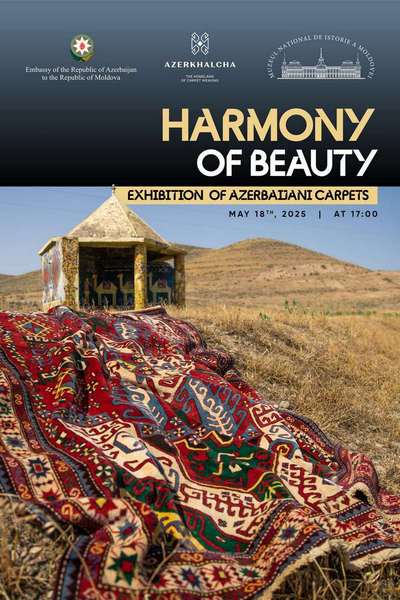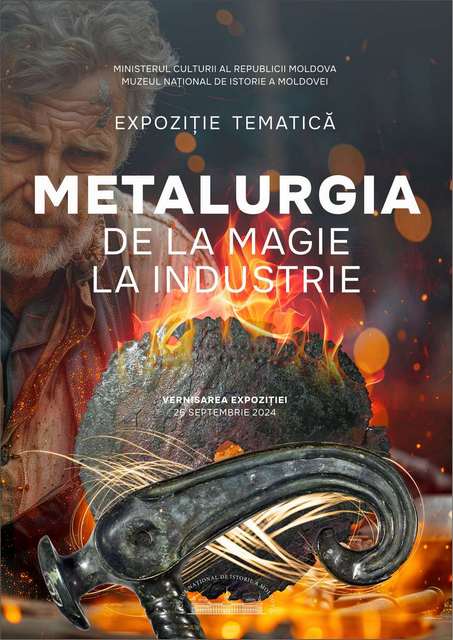  Events Archive Events Archive
Series of events in the framework of project “Historical Site Camp of King Charles VII of Sweden at Varnița - valorization and promotion”
May 22-23, 2017
On 22 and 23 May, 2017, the National Museum of History of Moldova, in cooperation with the Embassy of Sweden in Moldova, NGO „Women. Hope. Future" (Varnița), ArmesMuseum from Sweden (Stockholm), and the Embassy of the Republic of Moldova in Sweden organized a series of events within the project „Historical site Camp of King Charles XII of Sweden at Varnița - valorization and promotion". The project is funded by the European Union in the framework of the CHOICE / Cultural Heritage: Opportunity for Improving Civic Engagement program. In the Republic of Moldova the program is carried out by the National Association ICOM Moldova in partnership with the Association of Local Democracy Agencies ALDA (France).
The official opening of the events took place on Monday, May 22, in the Blue Room of the museum, in the presence of representatives of diplomatic missions, scholars and scientists, central and local government representatives. The event was attended by scientists, museographers, and university professors from Sweden, Ukraine, Turkey and Moldova.
Klas Kronberg from the ArmesMuseum in Stockholm presented two volumes of studies and articles: "Karl XII" published in 2015 and "When Sweden was Ruled from the Ottoman Empire" published in 2016. Both volumes were edited by the Stockholm ArmesMuseum. The books sum up the results of the scientific research conducted within the project "When Sweden was governed from the Ottoman Empire", a project that involved Sweden, Moldova, Turkey, and Greece. Dr. Per Sandin was the project manager. All articles deserve attention, they are well developed, structured, signed by specialists from Ukraine, Turkey, Sweden and the Republic of Moldova. Publishers of the volumes are Asa Karlsson, Klas Kronberg and Per Sandin.
The volume "Historical Site Camp of King Charles VII at Varnița. Recovery of memory" was presented by dr.hab. Elena Ploșnita. The book was published in 2017 in the Tyragetia Library series, a series promoted by the National Museum of History of Moldova. The volume was peer-reviewed by dr. Valentina Ursu and dr. hab. professor Valentin Tomuleț. E. Ploșnita noted that during the 18th,19th and 20th centuries, the national historiography and international historiography, especially the European one, produced valuable approaches to the phenomenon of Charles XII, the King of Sweden, but there are gaps in covering fully the historical site from Varnița both in chronological and spatial terms. This volume comes to fill this gap. The publication stemmed from the necessity of knowing and promoting a segment of common Moldovan-Turkish-Swedish history with implications in the history of Poland and Ukraine and as a tribute to all those who through their enthusiasm contributed to the preservation of the memory of King Charles XII of Sweden in Varnița, Moldova. Many scholars, museographers, university professors from Moldova and from abroad contributed to the publication - Victor Ţvircun, coordinating academician, ASM, dr.hab. Ion Eremia, professor, USM, dr. Dinu Poștarenco, researcher at the Institute of History of the ASM, Dr. Alexandru Levinschi, ASM, dr. Ion Tentiuc and dr. hab. Eugen Sava from the NMHM, numismatist dr. Ana Boldureanu, architect Ion Budeci, researchers from Sweden - Anders Wesslen and Oscar Sjostrom, the Ukrainians Igor Sapojnikov and Vladimir Levciuk and others. The authoritative name of the authors is a guarantee for the quality of the book. It is an intellectual achievement worth remembering through documentary value, graphic design and, of course, the significance of the scientific approach.
During the events was opened the exhibition "Camp of King Charles VII of Sweden from Varnița. Photo-documentary testimonies". The exhibition reflects chronologically, through photography and document, the process of scientific and public valorization of the historical site "Camp of King Charles VII of Sweden in Varnița".
In the Blue Room of the Museum took place the international conference "Historic Site Camp of the King Charles XII of Sweden in Varnița. Recovering memory". At the conference were presented 11 papers, the authors of which focused on subjects related to the life and activity of Charles XII during 1709-1713, the camp of the king in Varnița, the relations of Swedes with the Ottoman Empire and Russia at the beginning of the 18th century.
On May 23, 2017, the participants of the conference visited the historic site Camp of King Charles VII of Sweden in Varnita. Dr.hab. Eugen Sava presented the results of the project at Varnița, mentioning that within the project was conducted archaeological research, historical and documentary research, were conserved the remains of the foundations of the Chancellery of the Swedish king from Varnița and was rebuilt the monument from the site dedicated to King Charles XII of Sweden. A meeting with the local public authorities was held at the town hall in Varnița in which were discussed issues of collaboration between various institutions in Sweden and the Republic of Moldova in order to continue the valorization on the historical site located in the village.
Elena Ploșnița
|




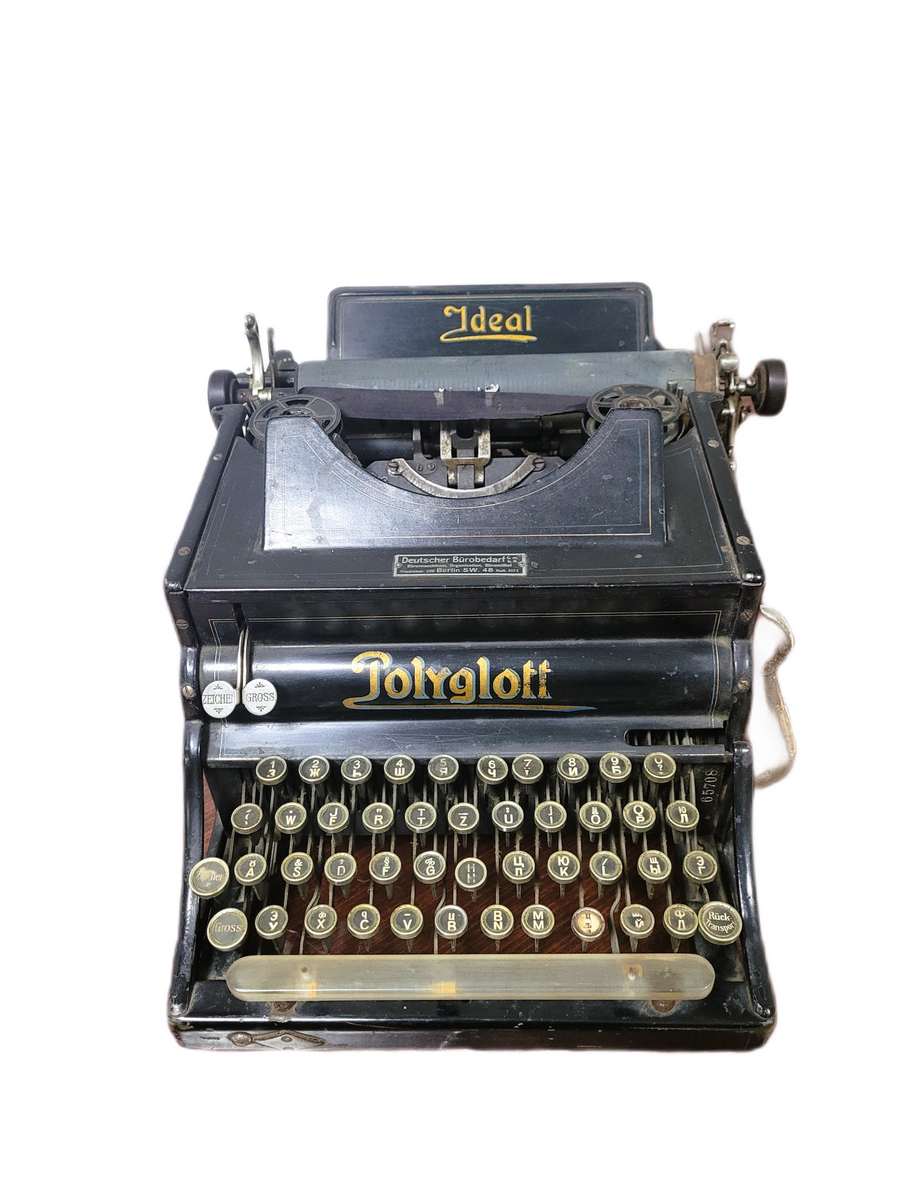
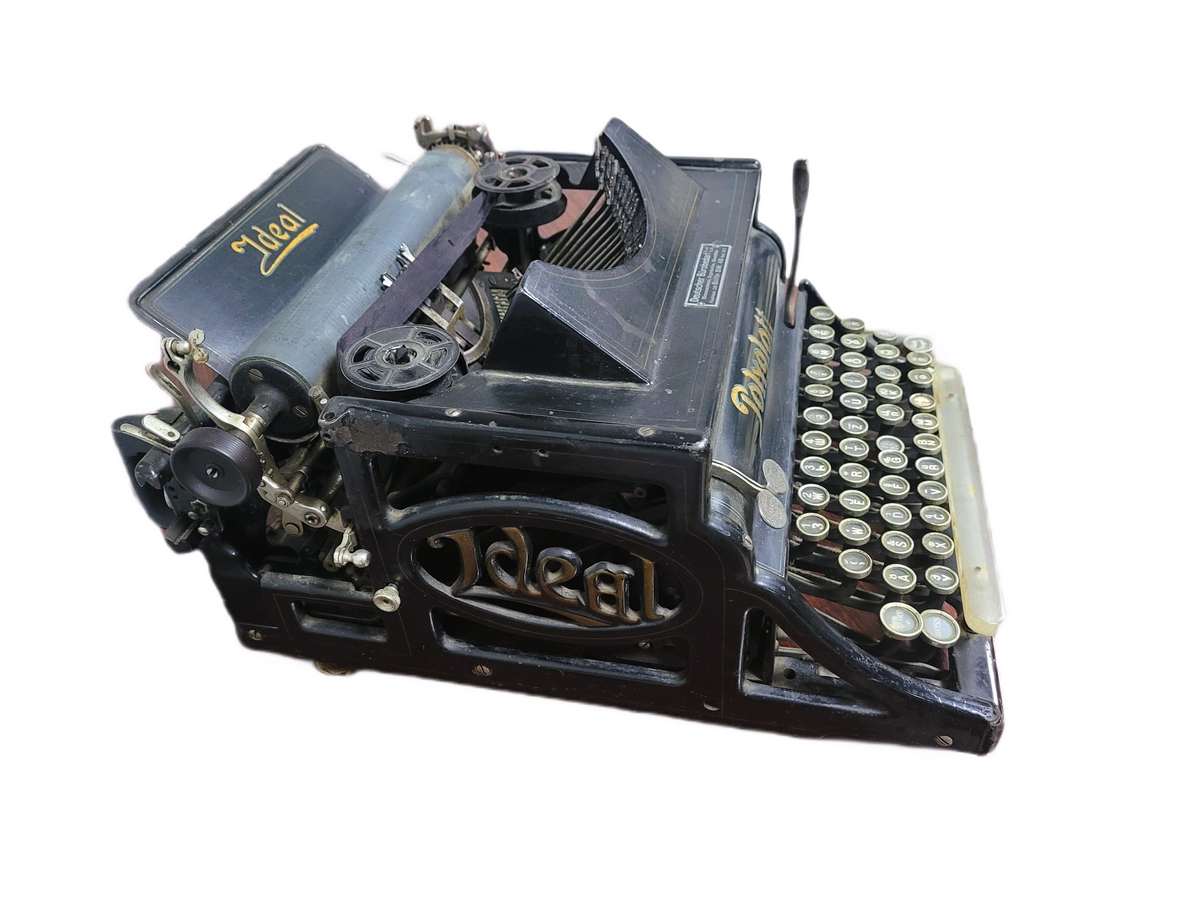 The side panels are elegantly decorated with refined cast-iron elements in the Art Nouveau style, displaying the brand name - "Ideal." The Polyglott model, featuring a bilingual keyboard patented in the United Kingdom by Max Klaczko from Riga, Latvia, was produced between 1902 and 1913, marking the first typewriter capable of writing in two languages. The "Ideal Polyglott" typewriter was actively sold in the Russian Empire and gained significant popularity in Poland, Bulgaria, and Serbia.
The side panels are elegantly decorated with refined cast-iron elements in the Art Nouveau style, displaying the brand name - "Ideal." The Polyglott model, featuring a bilingual keyboard patented in the United Kingdom by Max Klaczko from Riga, Latvia, was produced between 1902 and 1913, marking the first typewriter capable of writing in two languages. The "Ideal Polyglott" typewriter was actively sold in the Russian Empire and gained significant popularity in Poland, Bulgaria, and Serbia.






























